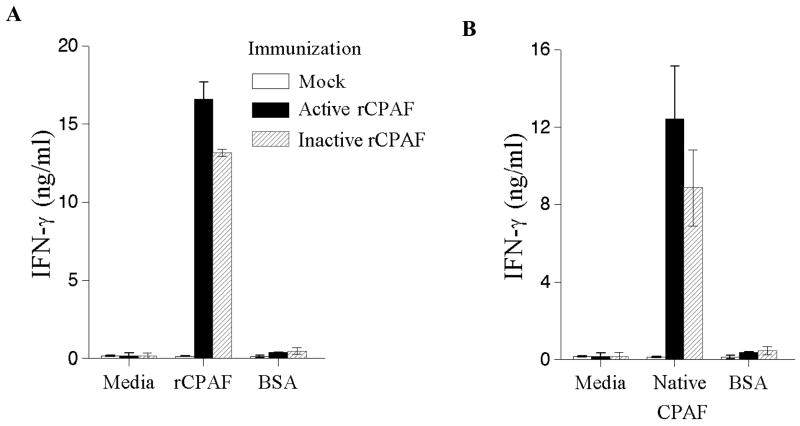Figure 3. Antigen-specific IFN-γ responses following vaccination.
Four to five week old female BALB/c mice (n=6) were immunized i.n. with active rCPAF, inactive rCPAF, rGST, or PBS (mock) plus IL-12 on day 0, and booster immunizations were given on days 14 and 28. Mice were also given IL-12 alone on days −1 and +1. Twenty days after the final booster immunization, the mice (n=3) were euthanized, spleens collected and single cell suspensions made and stimulated in vitro with the indicated antigens. (A) rCPAF-specific IFN-γ response. Splenic cells from each group were stimulated with active rCPAF, unrelated antigen BSA, or cultured in media alone, and analyzed for IFN- γ production using an indirect ELISA. (B) Native CPAF-specific IFN-γ response. Cells were stimulated with L2S100 (S100 fraction of Chlamydia infected HeLa cells), BSA, or cultured in media alone, and analyzed for IFN- γ production. Results are represented as CPAF-specific responses, after subtracting the responses against GST, and reported as mean ± SE of titers of mice for individual groups. Significant difference (P ≤ 0.05; Student’s t test) in cytokine secretion between mock-vaccinated mice versus active or inactive rCPAF groups.

